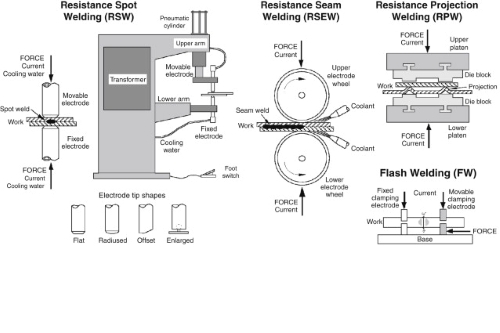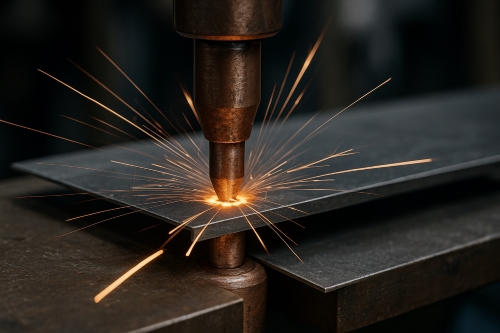Dielectric Constant and Top Material
Introduction
We will cover the basics of dielectric properties and top materials. Let us learn about how these materials store and handle electrical energy.
What It Is and How It Works
Dielectric constant is a figure denoting the capacity of a material to store electrical energy. It is a measurement of a material's permittivity in relation to a vacuum. The greater the constant, the more energy the material stores. The smaller the constant, the less energy it stores. This property is important in the design of capacitors and insulating materials. It assists in selecting the appropriate material for a specific electrical use.
Factors Affecting the Dielectric Constant
Several factors affect the dielectric constant. Temperature is one of them. Temperature variation can alter the molecular structure. Frequency is also a factor. Impurities present in the material can modify the constant, which is measured. Physical structure and production process are factors too. All these must be taken into account while selecting a material for electrical applications.
Dielectric Constant and Types of Materials
Materials are divided into several categories based on their dielectric properties. They range from high to low dielectric constants. They may be composites or polymers in some cases or ceramics in others. Metals have different properties and would not typically be applied for this function. In comparing several types, engineers can choose the best material for energy storage and insulation.
High Dielectric Constant Materials
High dielectric constant materials can exceed 100 in certain applications. Examples of such materials include barium titanate and lead zirconate titanate, which are utilised in sensors and capacitors. They perform well in energy storage. Their ability to store charge makes them useful in various high-performance devices. The materials have applications in advanced electronics where space is a factor and there is a necessity for efficient storage of energy.
Low Dielectric Constant Materials
Low dielectric constant materials have values between 2 and 3. Plastics and polymers are mostly included in this category. They are applied to cable insulation and printed circuit boards. These materials help limit unwanted energy loss as well as reduce interference. They have low energy storage and stability, making them ideal for the majority of electrical insulators. They are widely used in consumer electronics as well as in wiring in homes.
Vacuum
Vacuum is a region devoid of matter. Its dielectric constant is always 1. It serves as a reference for all other substances. Laboratory measurements always commence with a comparison to a vacuum. The vacuum provides a consistent reference that is unaffected by temperature or purity. It is a basic concept in understanding dielectric constants.
Applications of Dielectric Materials
Dielectric materials find applications in a wide spectrum of daily technology. Capacitors in mobile phones, computers, and televisions all rely on the appropriate dielectric constant to operate effectively. High voltage cables depend on insulators composed of these materials. Engineers and designers implement them to enhance the efficiency of power systems and minimise energy loss. Correct dielectric constant is critical for sensors and actuators. Appropriate selection of the material ensures safety, stability, and reliability of electric circuits.
Conclusion
Dielectric constant is a vital factor in the functioning of electrical materials. It dictates how well a material can store and distribute electrical energy. Optimum materials exhibit a range of dielectric properties. Materials with high dielectric constant are preferred when there is a need for high energy storage. Materials with low dielectric constant are chosen for insulation and minimal energy loss. Even vacuum is utilised as the universal reference. For further information, please check Stanford Advanced Materials (SAM).
Frequently Asked Questions
F: What is a dielectric constant?
Q: It is a factor of how much electrical energy is stored in a material relative to a vacuum.
F: Why are high dielectric constant materials important?
Q: They are used in capacitors and sensors for the storage of high energy and good performance.
F: How can temperature change the dielectric constant?
Q: The molecular structure can change due to temperature, which may increase or decrease the dielectric constant.
Reference:
[1] Azadmanjiri, Jalal & Berndt, Christopher & Wang, James & Kapoor, Ajay & Srivastava, V. & Wen, Cuie. (2014). A review on hybrid nanolaminate materials synthesised by deposition techniques for energy storage applications. Journal of Materials Chemistry A. 2. 10.1039/C3TA14034B.

 Bars
Bars
 Beads & Spheres
Beads & Spheres
 Bolts & Nuts
Bolts & Nuts
 Crucibles
Crucibles
 Discs
Discs
 Fibers & Fabrics
Fibers & Fabrics
 Films
Films
 Flake
Flake
 Foams
Foams
 Foil
Foil
 Granules
Granules
 Honeycombs
Honeycombs
 Ink
Ink
 Laminate
Laminate
 Lumps
Lumps
 Meshes
Meshes
 Metallised Film
Metallised Film
 Plate
Plate
 Powders
Powders
 Rod
Rod
 Sheets
Sheets
 Single Crystals
Single Crystals
 Sputtering Target
Sputtering Target
 Tubes
Tubes
 Washer
Washer
 Wires
Wires
 Converters & Calculators
Converters & Calculators
 Write for Us
Write for Us
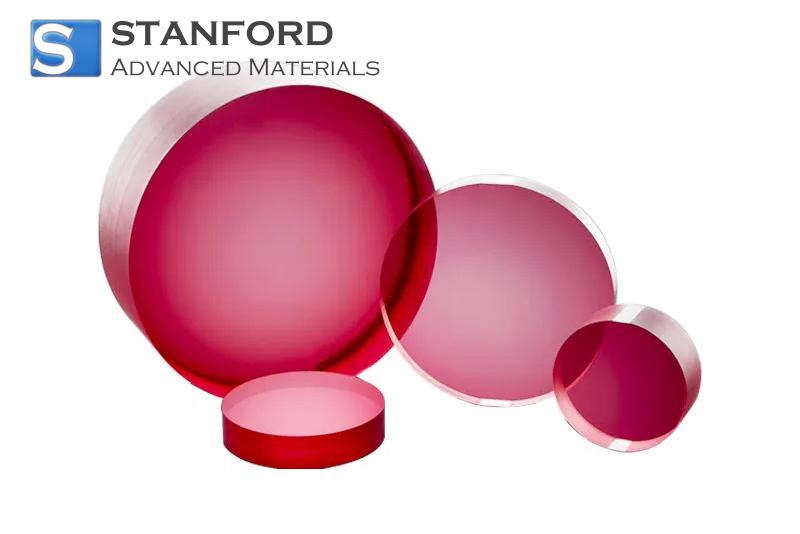
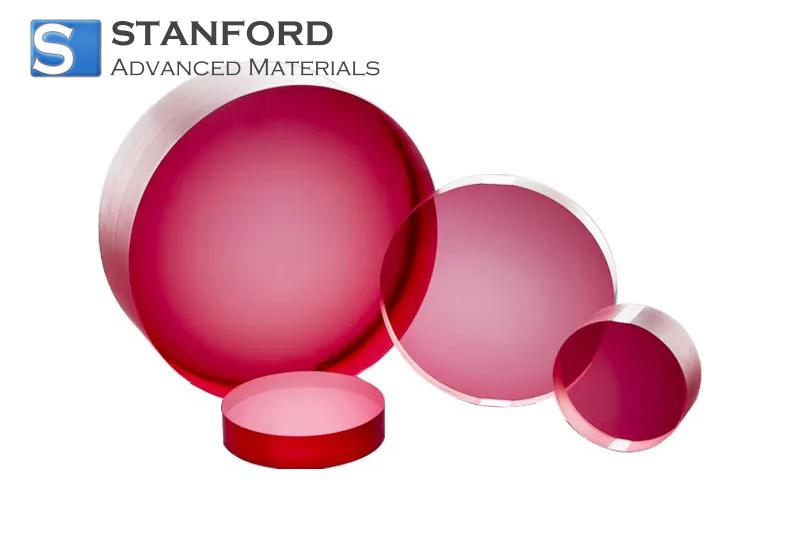
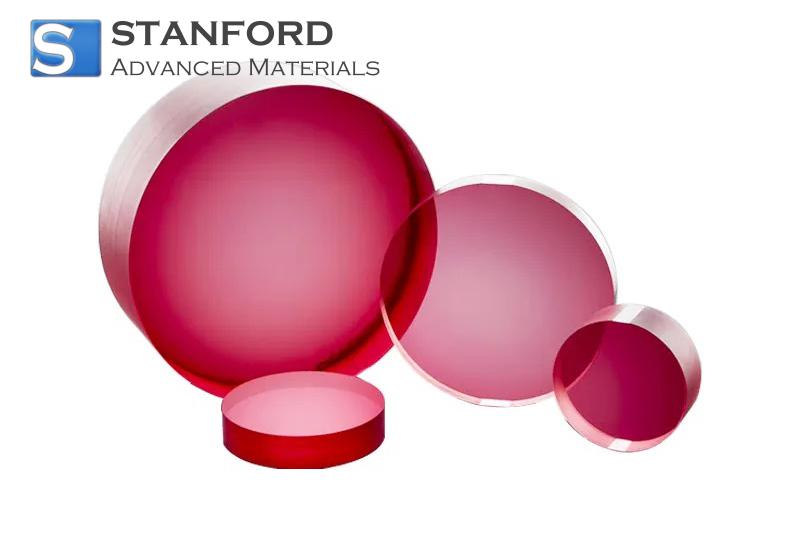
 Chin Trento
Chin Trento


